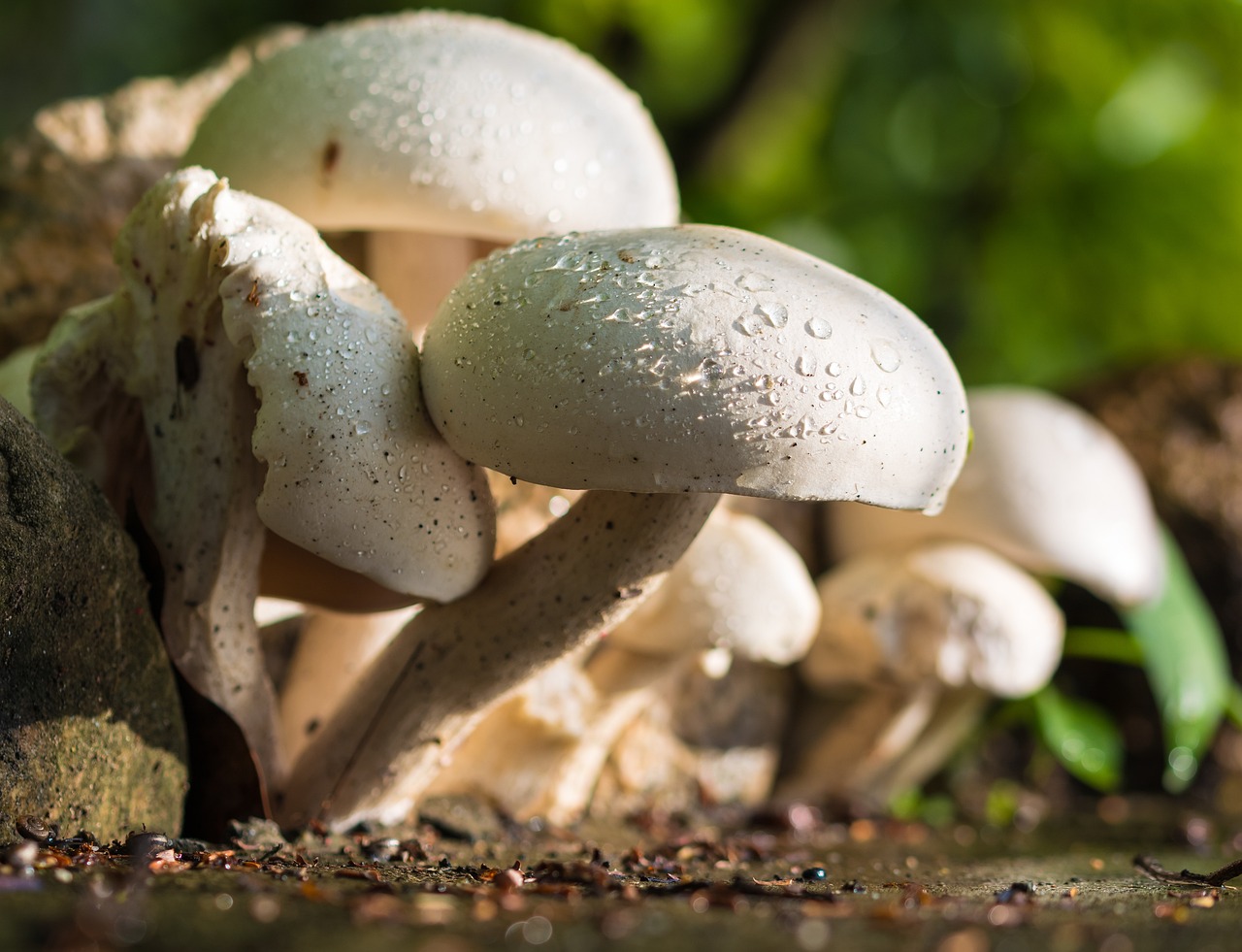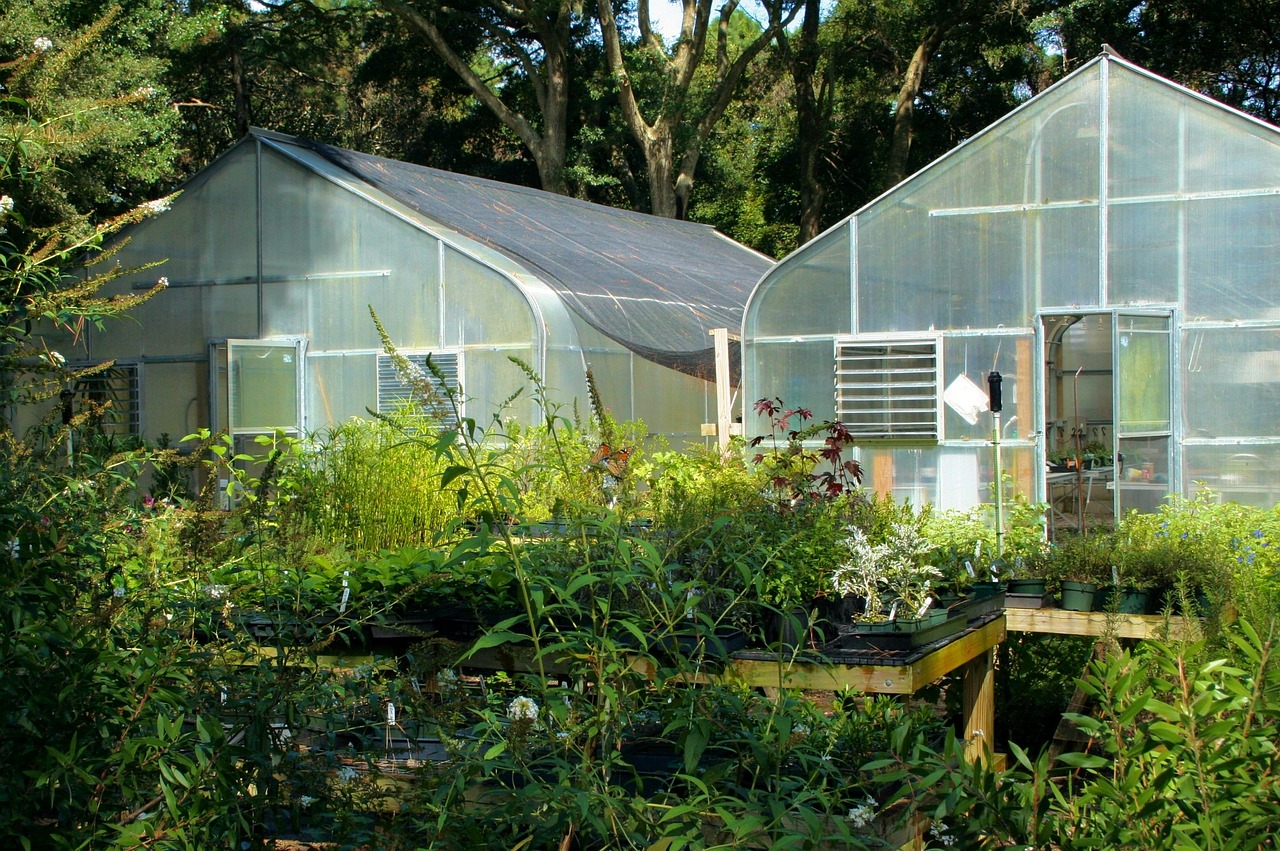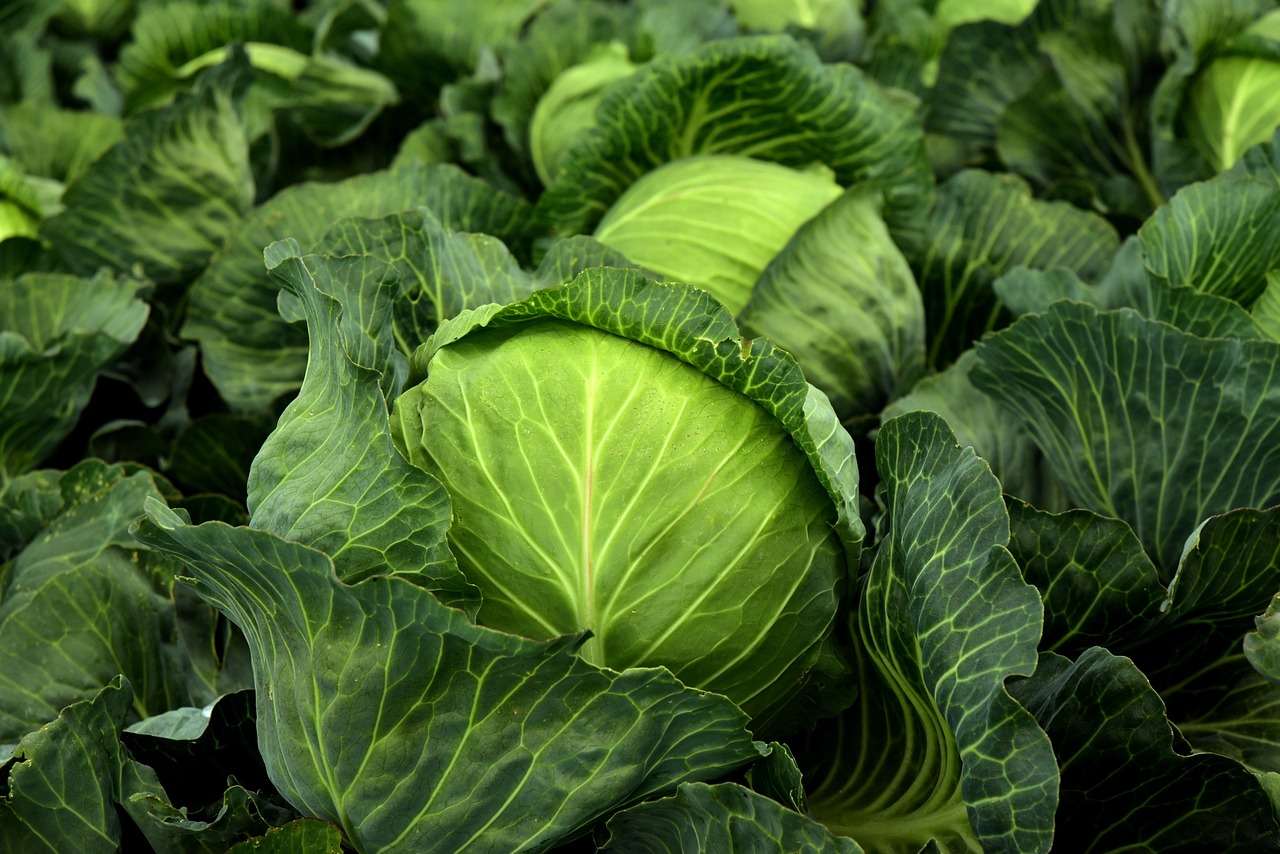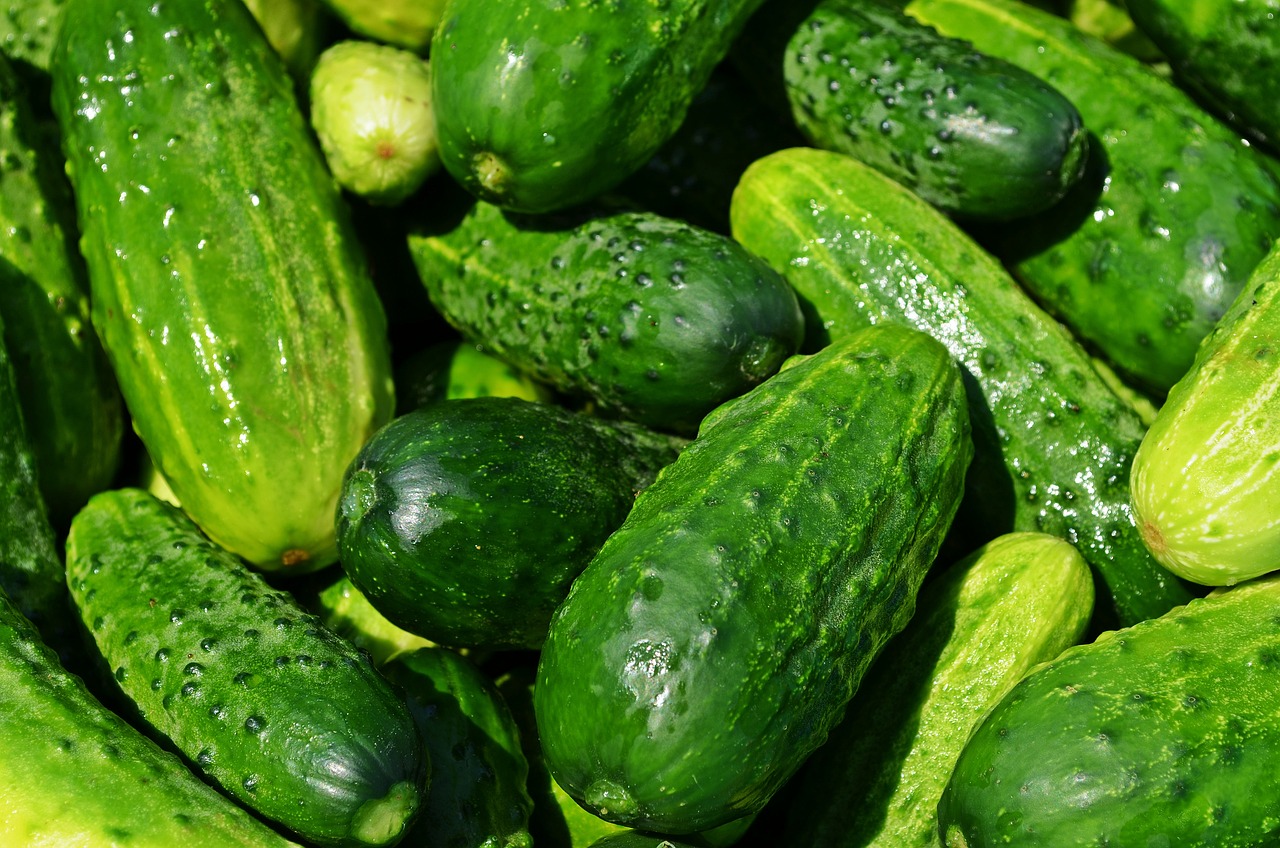Are you a fan of mushrooms in your dishes? Have you ever considered growing your own culinary mushrooms at home? The joy of cultivating your own mushrooms is not only rewarding but also a healthy and sustainable way to add a unique taste to your meals.
Growing your own mushrooms can be a fun and fulfilling hobby that doesn’t require a lot of space or experience. With the right materials, you can easily create an environment for your mushrooms to thrive. Plus, you’ll have the satisfaction of knowing exactly where your food comes from and what goes into it.
So, why not dive into the world of mushroom cultivation and discover the magic of growing your own culinary mushrooms?
Choosing the Right Mushroom Variety for You
If you’re craving a truly unique and satisfying culinary experience, you can’t go wrong with picking the perfect mushroom variety for your own personal taste!
When selecting a mushroom variety, the first factor to consider is whether you want to grow your mushrooms indoors or outdoors. Indoor cultivation provides the convenience of year-round growing, regardless of the weather outside. Plus, you can control the growing conditions to ensure the best crop possible.
On the other hand, outdoor cultivation is a more natural approach and can produce larger yields. However, it does require more space and attention to environmental factors such as temperature and humidity.
Another important aspect to consider when choosing the right mushroom variety is the health benefits. Mushrooms are known for their nutritional value and can provide a range of benefits including boosting the immune system, aiding in weight loss, and reducing inflammation.
Different mushroom varieties have varying levels of nutritional value, so it’s important to choose the one that best suits your needs. For example, shiitake mushrooms are high in protein and contain compounds that can lower cholesterol levels, while oyster mushrooms are rich in antioxidants and can improve heart health.
By selecting the right mushroom variety, not only will you enjoy a delicious culinary experience, but you’ll also reap the benefits of a healthy and nutritious diet.
Preparing the Growing Environment
To start, you’ll need to prep the environment for your new mushroom patch. Creating optimal conditions is crucial for the growth and development of your mushrooms.
First, choose a location that is cool, dark, and humid. Mushrooms thrive in these conditions, so avoid areas that are too hot or dry.
Next, prepare the growing medium. You can use a variety of materials such as sawdust, straw, or even coffee grounds. It’s important to sterilize the growing medium to prevent any harmful bacteria from interfering with your mushrooms’ growth.
Once you have your growing medium, it’s time to sterilize your equipment. This includes any tools you will be using, such as a rake or shovel, as well as containers for the growing medium. You can sterilize equipment by boiling it in water or using a sterilizing solution.
This will help prevent any contamination and ensure that your mushrooms grow healthy and strong. By creating a clean and optimal growing environment, you’ll be well on your way to harvesting your own delicious culinary mushrooms.
The Magic of Mycelium: Understanding the Growing Process
Get ready to witness the fascinating process of mycelium growth, as it slowly colonizes your prepared growing medium and forms the foundation for a bountiful crop of mushrooms. Mycelium is the vegetative part of a fungus, and it’s responsible for breaking down organic matter in the soil and creating the necessary nutrients for mushroom growth.
Understanding the science behind mycelium growth is crucial for a successful harvest. Aside from providing a delicious addition to your meals, growing your own mushrooms has benefits for the environment and local economy. By growing your own mushrooms, you reduce the carbon footprint associated with transportation and packaging of store-bought mushrooms.
Growing mushrooms can be a profitable business, especially in areas where there’s a demand for locally sourced produce. Not only will you be able to enjoy the fruits of your labor, but you can also contribute to the sustainability of your community.
Harvesting and Storing Your Mushrooms
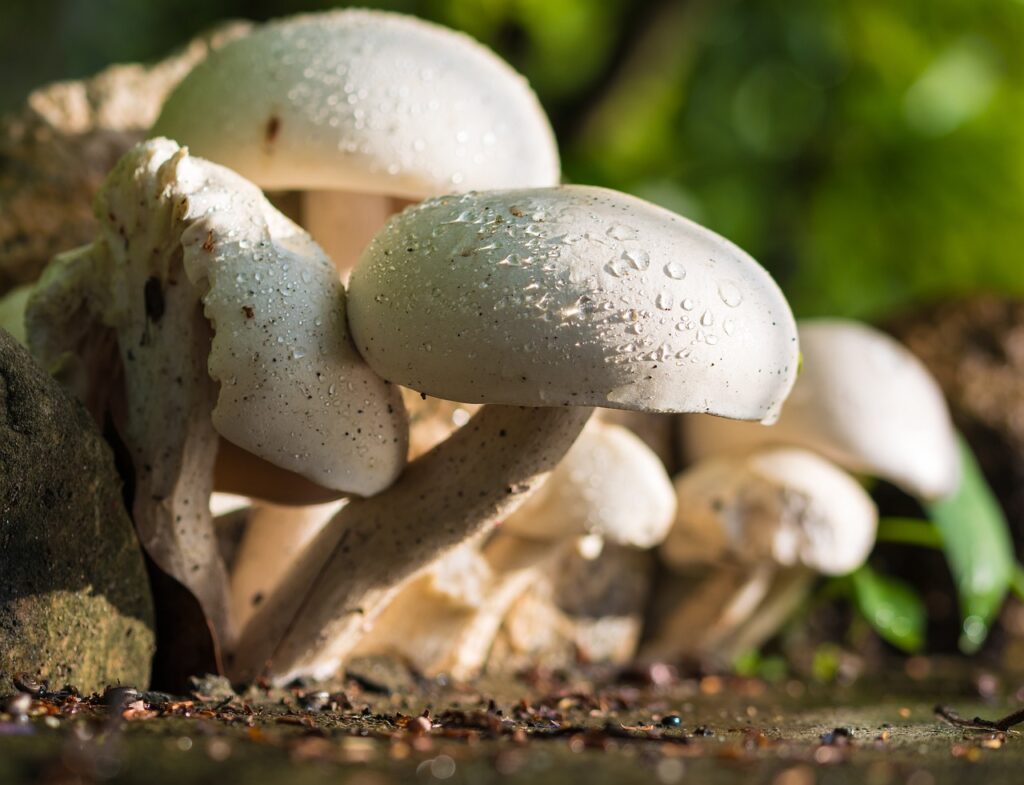
Harvesting and storing mushrooms properly is crucial for preserving their flavor and texture. Once your mushrooms have fully grown, it’s time to harvest them. Use a sharp knife to cut the stem just above the soil level, being careful not to damage the surrounding mycelium. Don’t pull the mushrooms out of the ground, as this can disturb the mycelium and affect future growth.
After harvesting, it’s important to store your mushrooms properly. If you plan to use them immediately, simply place them in a paper bag and keep them in the refrigerator. To preserve them for a longer period of time, try drying or freezing them.
Drying mushrooms is a great way to intensify their flavor and preserve them for up to six months. To do this, slice the mushrooms and lay them out on a baking sheet. Place the sheet in a warm, dry area (such as an oven with the door propped open) for several hours until the mushrooms are completely dry.
Alternatively, freezing mushrooms is a good option for preserving their texture. Simply clean the mushrooms and slice them before placing them in a freezer bag or container. They can be stored in the freezer for up to six months.
With these preserving techniques, you can enjoy your homegrown mushrooms all year round, even if mushroom foraging is not an option in your area.
Cooking with Your Homegrown Mushrooms: Recipes and Tips
Cooking with your freshly grown mushrooms can be a delicious and satisfying experience, whether you’re a seasoned chef or a beginner in the kitchen.
One of the joys of growing your own culinary mushrooms is being able to experiment with different flavor combinations and creative presentations.
Your homegrown mushrooms can add depth and complexity to any dish, from creamy risottos to hearty stews.
When it comes to flavor pairings, mushrooms are incredibly versatile and can complement a wide range of ingredients.
For a classic pairing, try sautéing your mushrooms in garlic and butter and serving them alongside a juicy steak.
For a more adventurous twist, experiment with different cuisines and pair your mushrooms with Asian-inspired dishes, such as stir-fries or ramen bowls.
The possibilities are endless, and with your own supply of freshly grown mushrooms, you can let your creativity run wild in the kitchen.
Frequently Asked Questions
Can I grow mushrooms indoors year-round, or do I need to wait for a specific season?
You don’t have to wait for a specific season to grow mushrooms indoors year-round. With the right equipment, like a grow tent, substrate, and spores, you can cultivate your own culinary mushrooms in any season. Indoor growing tips include maintaining optimal temperature and humidity levels.
How long does it take for mushrooms to grow from spores to harvestable fruiting bodies?
It takes 3-4 weeks for spores to turn into mycelium and another 2-3 weeks for fruiting bodies to develop. Optimal growing conditions include proper temperature, humidity, and ventilation. Potential obstacles include contamination and pests.
Are there any specific safety precautions I should take when growing mushrooms, such as wearing gloves or a mask?
When growing mushrooms, it’s important to wear gloves and a mask to prevent contamination. Sterilization techniques such as using a pressure cooker or bleach solution can also help ensure a safe and successful harvest.
How do I know if my mushrooms are safe to eat, and are there any common mistakes that could lead to them being poisonous?
To ensure your mushrooms are safe to eat, you must properly identify them. Look for distinguishing features such as gills, spores, and caps. Be aware of poisonous lookalikes, and never consume a mushroom unless you are certain of its identity.
What are some common pests and diseases that can affect mushroom growth, and how can I prevent or treat them?
To prevent fungi infections, keep your growing area clean and well-ventilated. Identifying common mushroom pests, such as spider mites and thrips, is crucial for early intervention. Use organic pesticides and proper watering techniques to keep your mushrooms healthy.
Conclusion
Congratulations on taking the first step towards growing your own culinary mushrooms! You’ve learned about choosing the right mushroom variety, preparing the growing environment, understanding the growing process, and harvesting and storing your mushrooms.
Now, it’s time to enjoy the fruits of your labor and cook with your homegrown mushrooms. Experiment with different recipes and cooking methods to truly appreciate the unique flavor and texture of your mushrooms.
Whether it’s sautéing them with garlic and butter, adding them to a risotto, or grilling them with olive oil and herbs, your homegrown mushrooms will add a special touch to any dish. So, have fun and enjoy the joy of growing and cooking with your own culinary mushrooms!






